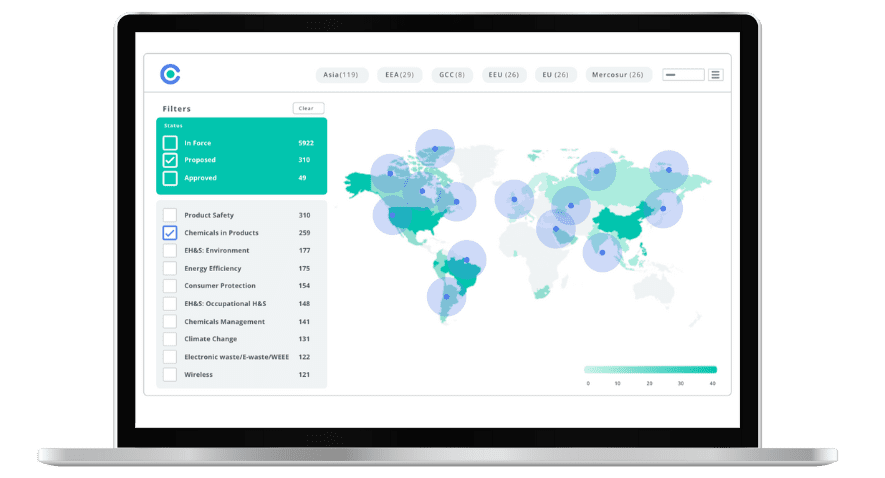
Argentina Revises Labeling Requirements for Textiles and Footwear

This blog was originally posted on 6th August, 2024. Further regulatory developments may have occurred after publication. To keep up-to-date with the latest compliance news, sign up to our newsletter.
AUTHORED BY EMILIA ASSENZA, SENIOR TEAM LEADER AND REGULATORY COMPLIANCE SPECIALIST, COMPLIANCE & RISKS
Introduction
Argentina has recently revised the labeling requirements for textiles and footwear through the adoption of Resolution No. 49/2024 which amends the existing Resolutions No. 26/96 and No. 850/96.
Dive into the details below to ensure your apparel and footwear products remain compliant with these revised requirements.
Amendments to Labeling Requirements
The main amendment to Resolution No. 850/96 concerns Article 13, which now allows to substitute the name of the importer with the corresponding Unique Tax Identification Code (CUIT) in the label on imported textiles, clothing and footwear.
The amendments to Resolution No. 26/96 include the following:
- Required labels on imported products shall present the information in Spanish (amended Article 5);
- The identification of the exporter on the label is made optional (amended Article 8).
Resolution No. 49/2024 also repeals Resolution 404-E/2016. This repeal mainly removes the requirement to submit a Declaration of Composition of Products (DJCP) before marketing the product.
In addition to the above, two Resolutions – No. 156/24 and 159/24 – have been issued in July 2024 in order to streamline the import control processes and facilitate trade of textiles and footwear. These two Resolutions – which amend Resolution No. 549/2021 on labeling of textile products and Resolution No. 465/2018 on labeling of footwear – eliminate the customs control over the labeling of imported textiles and footwear, thus reducing extra costs and unnecessary bureaucracy, in particular by eliminating the Local Market Adaptation process in case of non-compliance.
This means that the General Directorate of Customs (DGA) will no longer have jurisdiction to control compliance with the labeling requirements at the time of import. Controls on the required labels will be instead carried out ex post, at the time of marketing.
The competent authority to verify compliance is now the National Directorate of Technical Regulations (DNRT). Non-compliance with the existing labeling requirements will still constitute a violation of Decree No. 274/19 on Fair Trade and Law No. 24240 on Consumer Protection.
These changes apply from 16 July 2024.
Stay Ahead Of Regulatory Changes in Labeling Requirements for Textiles and Footwear
Want to stay ahead of regulatory developments like Argentina’s labeling requirements for textiles and footwear?
Accelerate your ability to achieve, maintain & expand market access for all products in global markets with C2P – Your key to unlocking market access, trusted by more than 300 of the world’s leading brands.
C2P is an enterprise SaaS platform providing everything you need in one place to achieve your business objectives by proving compliance in over 195 countries.
C2P is purpose-built to be tailored to your specific needs with comprehensive capabilities that enable enterprise-wide management of regulations, standards, requirements and evidence.
Add-on packages help accelerate market access through use-case-specific solutions, global regulatory content, a global team of subject matter experts and professional services.
- Accelerate time-to-market for products
- Reduce non-compliance risks that impact your ability to meet business goals and cause reputational damage
- Enable business continuity by digitizing your compliance process and building corporate memory
- Improve efficiency and enable your team to focus on business critical initiatives rather than manual tasks
- Save time with access to Compliance & Risks’ extensive Knowledge Partner network

Movement in Textile Extended Producer Responsibility in the EU and US
Discover the extended producer responsibility (EPR) and sustainability requirements for textiles – both in effect, as well as those to come – in the EU and US.


